What Are The Differences Between Yoga And Walking?
Learn how each of these physical activities benefits your body and mind in different ways.
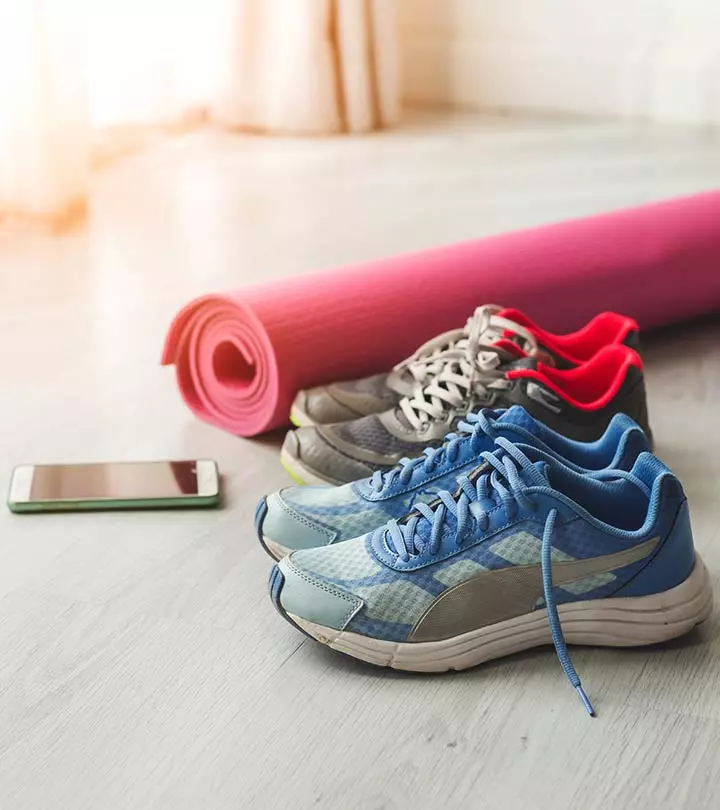
Image: shutter stock
You may have heard healthcare experts say that yoga is good for your cardiovascular health. You’ve probably also come across health professionals that encourage walking on a daily basis. While both yoga and walking are beneficial, they cater to different fitness needs and preferences. Understanding their unique advantages can help you choose the right activity for your fitness goals. So what are the differences between yoga and walking? And which one is better? This article talks about the science behind both these physical activities. Keep reading to find out more!

In This Article
Yoga Vs Walking: What Is Better?
Yoga and walking are two smart ways of weight management and diabetes control. There are numerous benefits of yoga that you should know about. Although walking has its own perks, yoga holds an upper hand over walking if the two are statistically compared. According to prevalent data, walking for 1 hour burns around 242 calories. On the other hand, an hour of power yoga in your fitness routine burns 340 calories. Undoubtedly, yoga is a better option than walking when it comes to weight management and diabetes control. If you are still skeptical about which of the two is better, then you must read the following.
- Scientific data reveals that yoga is a better mood elevator than walking. GABA level in the brain controls the production and secretion of serotonin (the happy hormone) in humans. Decrease in serotonin is a major reason behind depression, mood disorders and even anxiety. According to a recent research, yoga makes the brain calm. This increases GABA levels in the brain. Increased GABA levels trigger the secretion of serotonin. A similar kind of elevation happens in walking too. But yoga offers higher mood elevation (n=19) than walking (n=15).
A survey conducted on 1533 participants found that yoga ranked eighteenth among the most popular activities practiced by Americans. It was further seen that 54% of the participants liked it while 16% disliked it. It was also noted that 59% of women liked yoga compared to 49% of men.
 Interesting Fact
Interesting Fact
- Yoga offers complete physical and physical fitness. Walking is a physical exercise that also offers physical and mental benefits. Yoga stretches one step ahead of walking by offering spiritual benefits as well. The regular practice of yoga helps boost the feeling of well being. It reduces anger and anxiety. The pranayama part of yoga also improves breathwork. It leads to mindful movement and provides better control over the five senses (touch, smell, feel, hear and see).
A blogger reaped a multitude of benefits from her consistent practice of yoga. Reflecting on the positive changes, she writes in one of her blog posts: “Daily yoga practice has made me very active. All the lethargy I felt once is gone. I am energized throughout the day (i).”

- A physical activity like yoga increases mental alertness. It reduces the flow of random and other nagging thoughts in mind. This increases positivity and reduces negativity. It becomes easier to concentrate on the many different things in our day to day lives. Yoga is an amalgamation of asanas, pranayama, and meditation techniques. It is a spiritual means to make the mind positive while balancing the body in different postures. This improves the mind-body connection and makes the brain stronger and sharper.
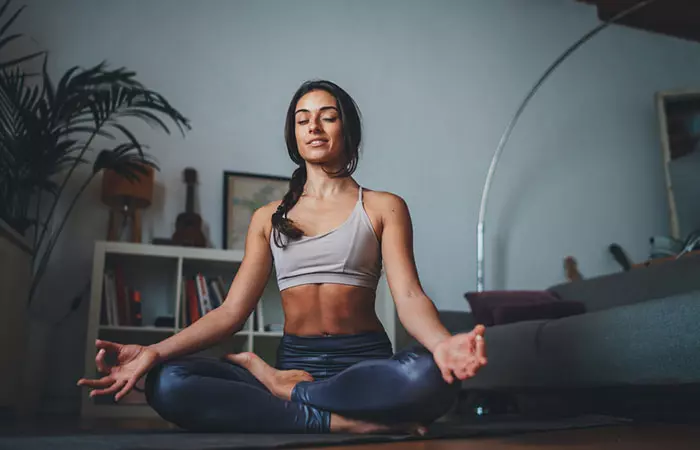
- Many people believe that an early morning walk is an amazing low-impact exercise and a good method of reducing blood sugar levels. It is true in every aspect. Walking being a low-intensity exercise does metabolize the blood sugar level and brings it down. However, yoga is a better sugar metabolizer amongst the two. Special yoga postures are exclusively innovated to ail diabetic patients. Different yogasanas like Ardha Matsyendrasana, Mandukasana and Yogamudrasana are exceptionally beneficial in controlling the blood sugar level. Special yoga postures trigger insulin production. Brain directs the pancreas to trigger the secretion of insulin. Insulin is a natural hormone that regulates and metabolizes sugar in the blood.
 Did You Know?
Did You Know?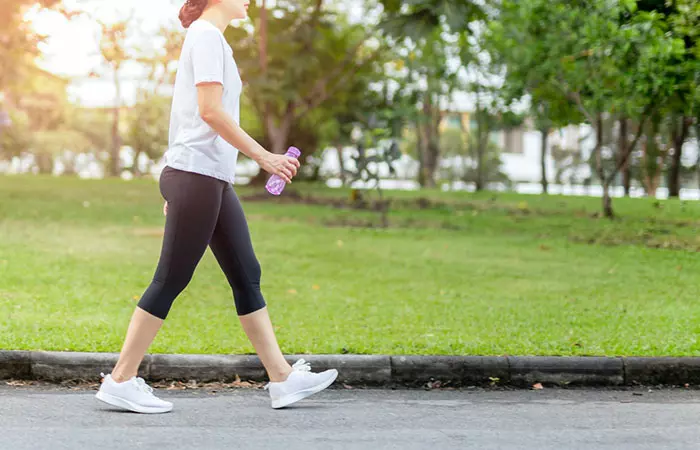
- Walking or yoga which is a better stress manager. Walking elevates the mood. But yoga elevates the mood, increases mental concentration and also promotes the feeling of well being for better stress relief. Yoga is an exceptional means of relaxing stressed muscles, tissues and even the brain. It promotes sleep and treats sleeping disorders. This promotes the overall well being of an individual.
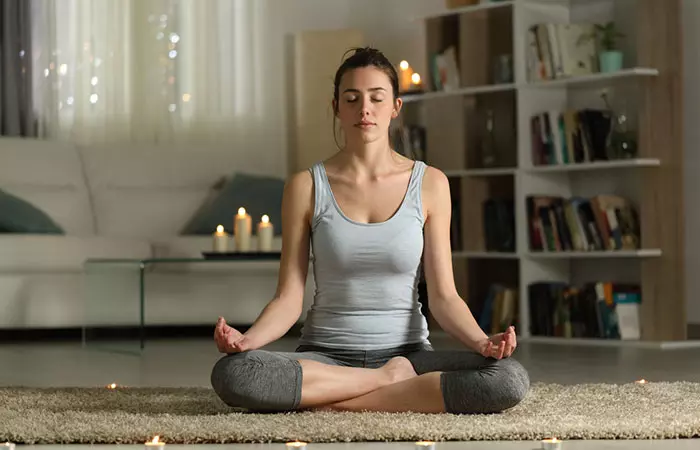
- Yoga is also a beauty mantra that makes the skin glowing and vibrant. Yogasanas restore the normal chemical balance in the brain. The pranayama part of yoga, or deep breathings based yoga also called as Vinyasa Yoga, increases the supply of oxygen in the blood. Oxygen-rich blood makes cells and tissues lively. The collagen fibers in the epidermis gain strength. This makes the skin impeccable and radiant.
- Walking is generally more accessible as it requires minimal equipment and can be done almost anywhere, ensuring that everyone can participate in a fitness routine. Yoga, while beneficial, may require a mat and a quiet space, limiting its flexibility in certain situations.
Key Takeaways
- Yoga is a meditative exercise that may improve bodily postures, and mindfulness, and reduce anxiety.
- Walking is a low-impact activity that may enhance cardiovascular health and aid in calorie burning.
- While both yoga and walking are mood elevators, yoga may also promote sleep.
- Yoga may promote overall skin health.
Infographic: Top 4 Reasons Yoga Is Better Than Walking
If you are confused about whether yoga is better than walking, do not fret. While both activities are great ways to keep yourself fit, an hour of yoga burns up to 340 calories than an hour of walking. Check out the infographic below to understand the 4 reasons why yoga is a better physical exercise and should be included in your workout routine.
Some thing wrong with infographic shortcode. please verify shortcode syntaxThe differences between yoga and walking with regard to their health benefits are widely discussed. Yoga gains the upper hand in all aspects, whether the goal is to expend calories, manage blood sugar levels/diabetes, and improve physical, mental, emotional, and spiritual wellbeing. Moreover, yoga helps you de-stress, fight depression, and improve focus and clarity of thought besides improving your skin health. However, this does not mean you should completely ditch walking. A combination of both can work wonders for you.
Frequently Asked Questions
Is yoga and walking enough exercise?
It depends on your personal fitness goals and your current age, weight, and health issues.
How long do I have to do yoga to see results?
About 6-12 weeks, based on your individual weight loss goals.
Can I replace walking with yoga?
Physical exercise benefits one in many ways, and both yoga and walking are among the simplest forms of exercise. However, yoga gains the upper hand when it comes to weight loss, building muscle strength, improving joint health, enhancing flexibility, stamina, and stability. It can also help with endurance training. Whether you need to replace walking for yoga is your choice. Walking outdoors can be a social interaction time for many, where you bond with your walking buddies over milestones.
Is it better to walk on an empty stomach?
Yes, it helps boost the metabolism better. However, remember to stay hydrated.
Illustration: What Are The Differences Between Yoga And Walking?
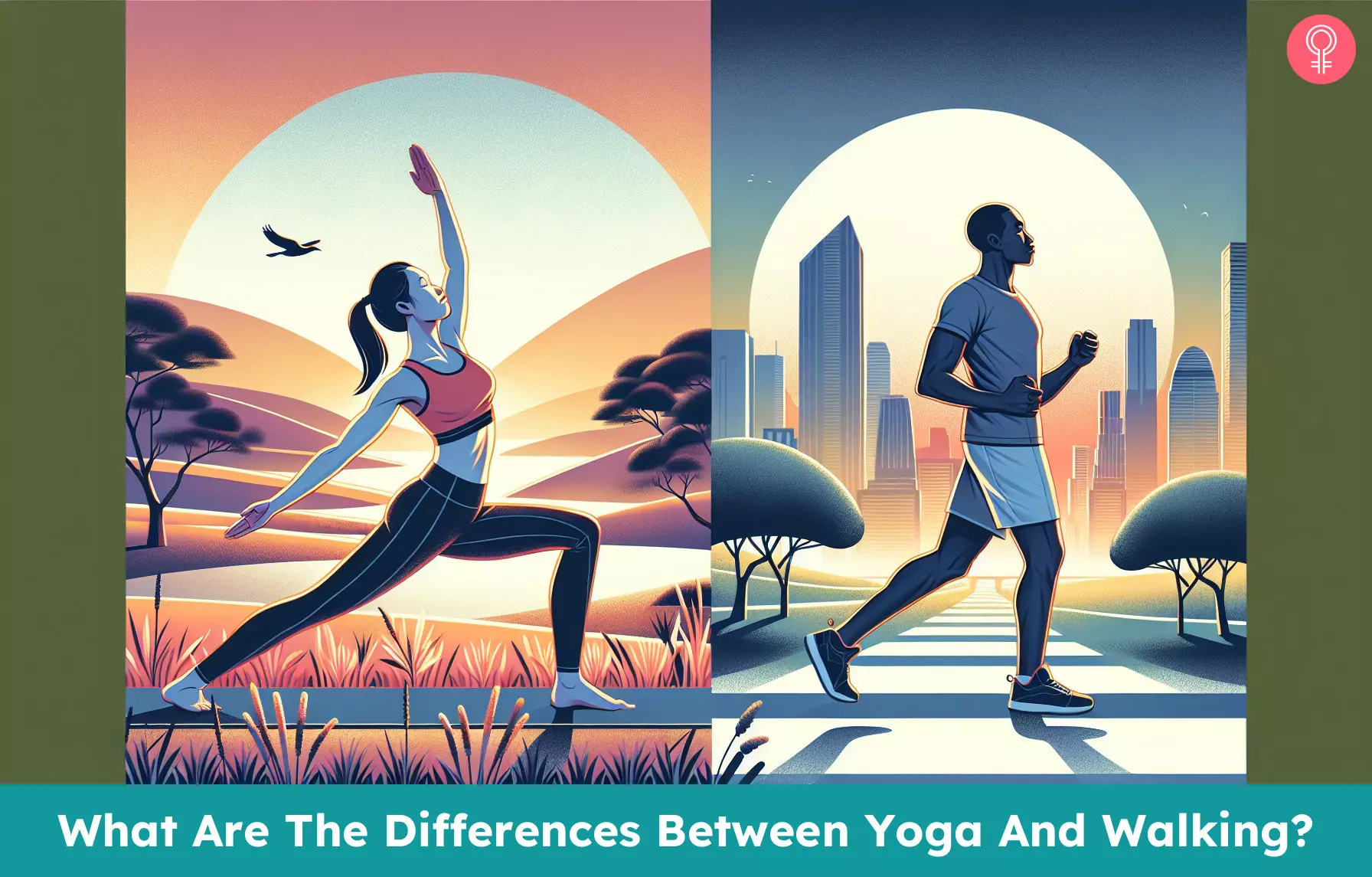
Image: Dall·E/StyleCraze Design Team
Walking and yoga are great ways to lose weight! Learn how these two activities can help you reach your weight loss goals in this informative video. Check it out now!
Personal Experience: Source
StyleCraze's articles are interwoven with authentic personal narratives that provide depth and resonance to our content. Below are the sources of the personal accounts referenced in this article.
i. My Experience with Yogahttps://mindeclutter.wordpress.com/2025/02/06/my-experience-with-yoga/
References
Articles on StyleCraze are backed by verified information from peer-reviewed and academic research papers, reputed organizations, research institutions, and medical associations to ensure accuracy and relevance. Read our editorial policy to learn more.
- Effects of Yoga Asana Practice Approach on Types of Benefits Experienced
https://www.ncbi.nlm.nih.gov/pmc/articles/PMC6746050/
Read full bio of Sri Yogi Anand
Read full bio of Shirin Mehdi
Read full bio of Arshiya Syeda
Read full bio of Himanshi Mahajan









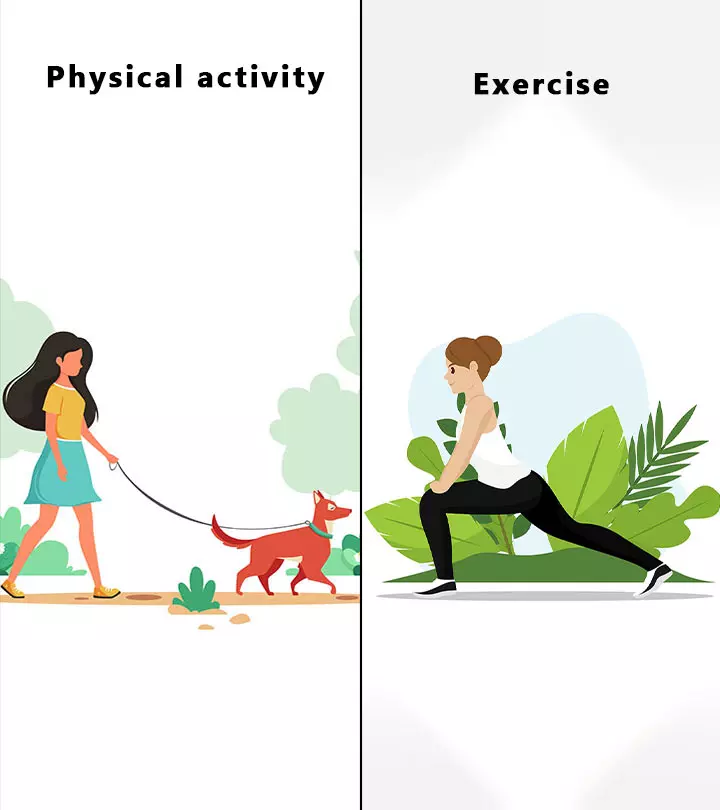



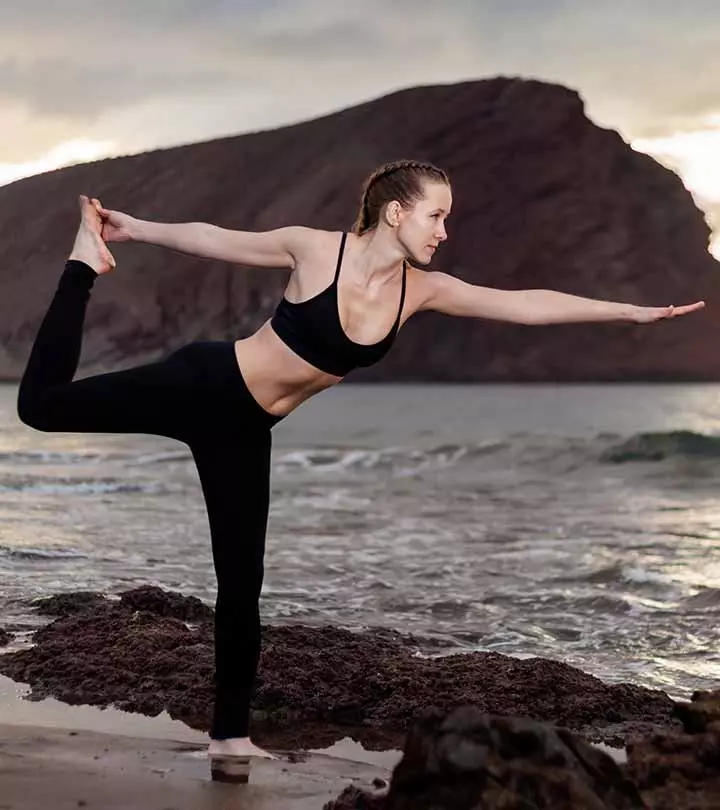
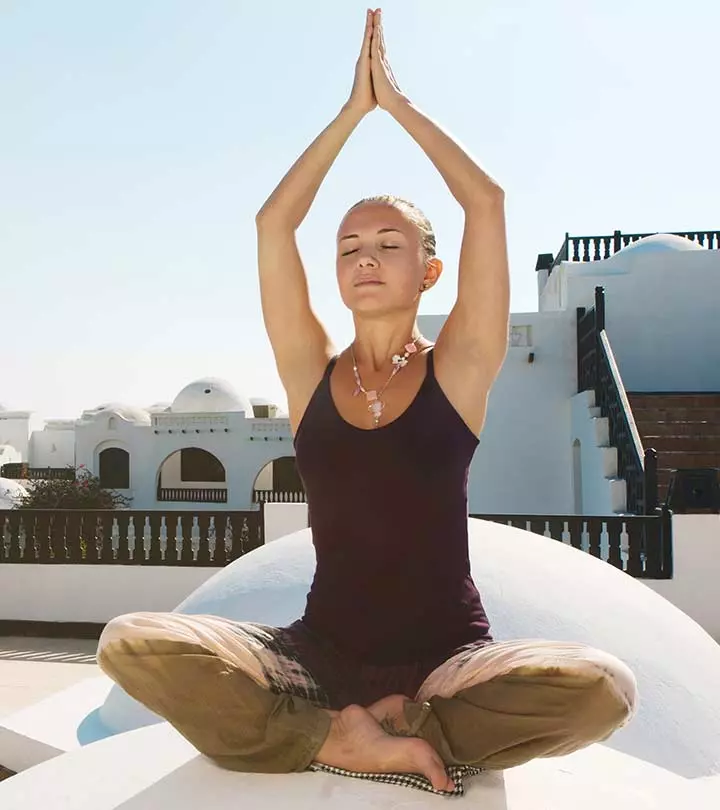





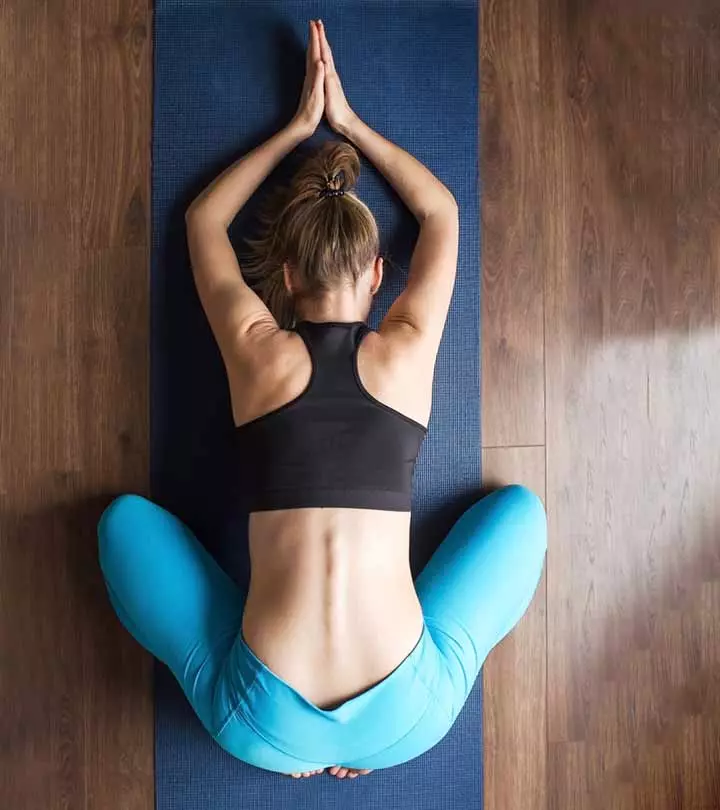





Community Experiences
Join the conversation and become a part of our empowering community! Share your stories, experiences, and insights to connect with other beauty, lifestyle, and health enthusiasts.